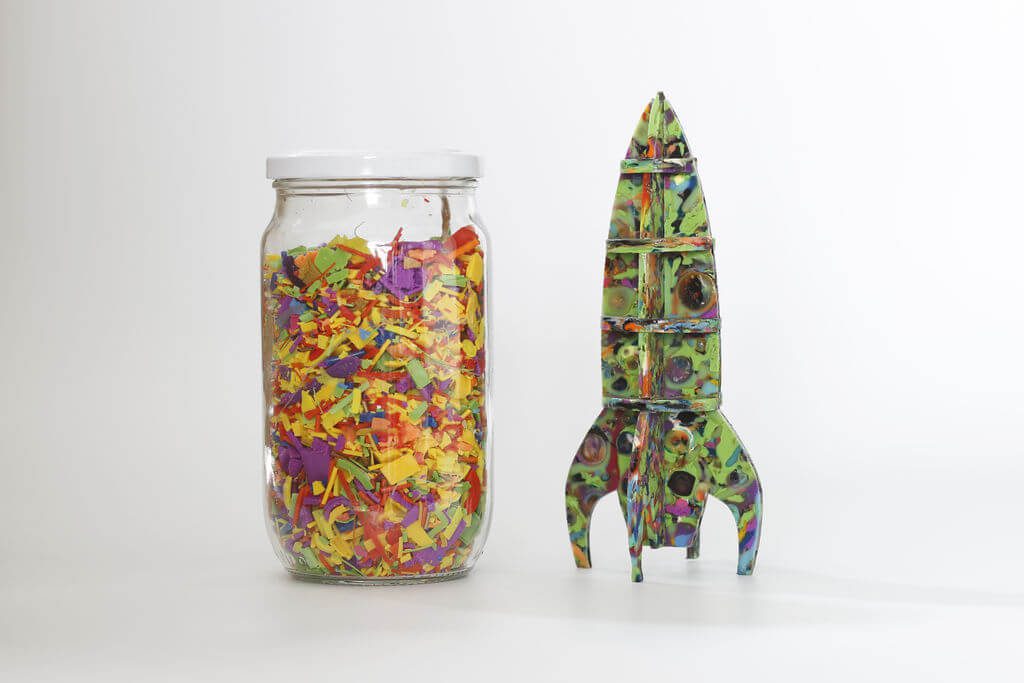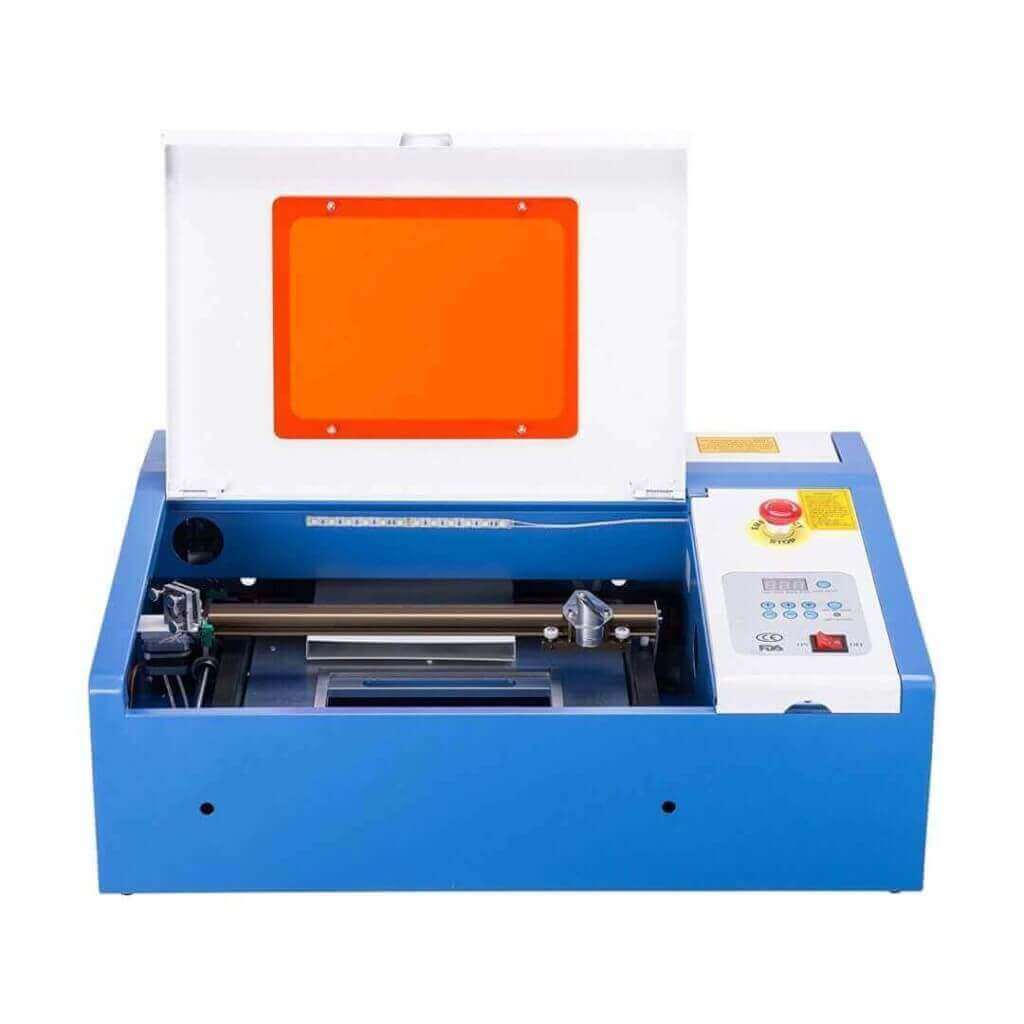Schlagwort: laser cutting
-

Improve laser engraving speeds with an Arduino-controlled turntable
Reading Time: 2 minutesEngraving items with a laser-based system at home is amazingly convenient for one-off parts, but what happens when the production volume needs to increase? For element14 Presents host Clem Mayer, this usually meant preparing many uniform pieces of engraving stock, opening the laser’s enclosure, placing down the material, and then finally running…
-

Weekend Project: Recycle Your Leftover Filament with a “Plastic Smoothie”
Reading Time: 4 minutesHave a trash bin full of leftover filament scraps and failed prints? Designer Agustin Flowalistik shows us how to recycle 3D printing waste by creating a Plastic Smoothie, which can be used in a laser cutter to create vibrant objects. You know how the old saying goes… One manufacturing technology’s trash is…
-

Best Home / Desktop Laser Cutters & Laser Cutting Services
Reading Time: 5 minutesWhen creating a design or pattern for laser cutting, you can use either 2D or 3D design software. Laser cutters essentially function like an average 2D inkjet printer but come with drivers that allow the laser cutting machine follow specific designs. While these specific drivers are highly common in 2D design software, there is less support…


